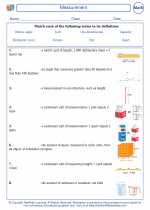Math Problems Study Guide
Understanding the Problem
When solving math problems, the first step is to carefully read and understand the problem. Pay attention to what the problem is asking, and look for any key information or clues in the text.
Identifying Key Information
Once you understand the problem, identify the key pieces of information. This might include numbers, measurements, or other relevant data that will be used to solve the problem.
Choosing the Right Operation
After identifying the key information, determine which mathematical operation (addition, subtraction, multiplication, division) is needed to solve the problem. Look for keywords like "total," "difference," "product," or "quotient" to help you decide.
Solving the Problem
Use the chosen operation to solve the problem, making sure to perform the necessary calculations accurately. Check your work and ensure that the answer makes sense in the context of the problem.
Practice Problems
Practice solving a variety of math problems to strengthen your skills. Try working on problems that involve different operations, fractions, decimals, and word problems to improve your problem-solving abilities.
Reviewing and Reflecting
After solving a problem, review your work and reflect on the process. Consider whether there are alternative methods to solve the problem and whether your answer is reasonable based on the given information.
Additional Resources
Consider using math problem-solving books, online resources, and educational apps to supplement your learning and practice solving math problems.
.◂Math Worksheets and Study Guides Fourth Grade. Measurement
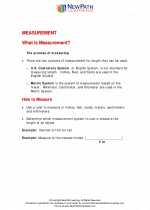
 Activity Lesson
Activity Lesson
 Activity Lesson
Activity Lesson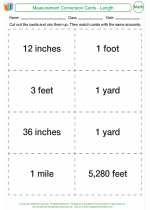
 Activity Lesson
Activity Lesson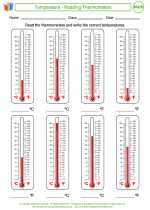
 Worksheet/Answer key
Worksheet/Answer key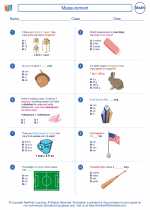
 Worksheet/Answer key
Worksheet/Answer key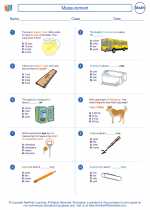
 Worksheet/Answer key
Worksheet/Answer key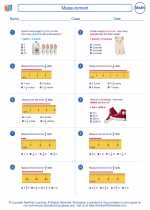
 Worksheet/Answer key
Worksheet/Answer key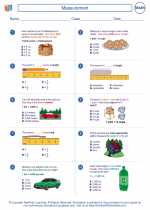
 Worksheet/Answer key
Worksheet/Answer key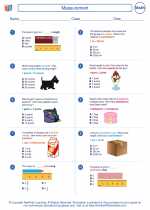
 Worksheet/Answer key
Worksheet/Answer key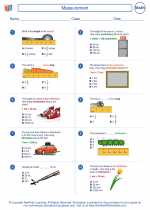
 Worksheet/Answer key
Worksheet/Answer key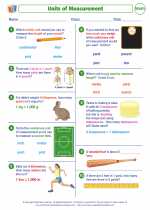
 Worksheet/Answer key
Worksheet/Answer key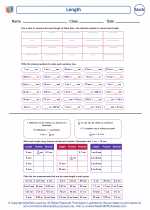
 Worksheet/Answer key
Worksheet/Answer key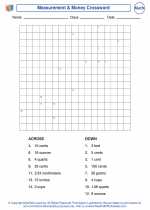
 Worksheet/Answer key
Worksheet/Answer key
 Vocabulary/Answer key
Vocabulary/Answer key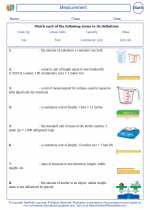
 Vocabulary/Answer key
Vocabulary/Answer key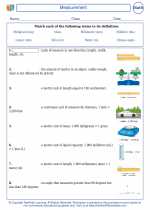
 Vocabulary/Answer key
Vocabulary/Answer key